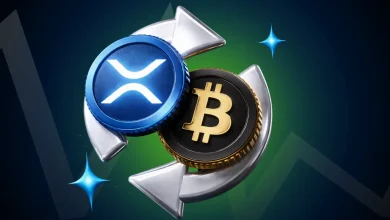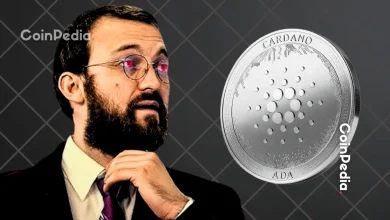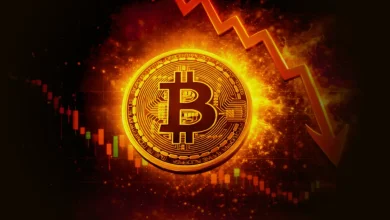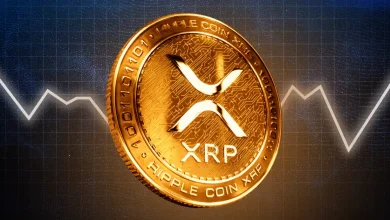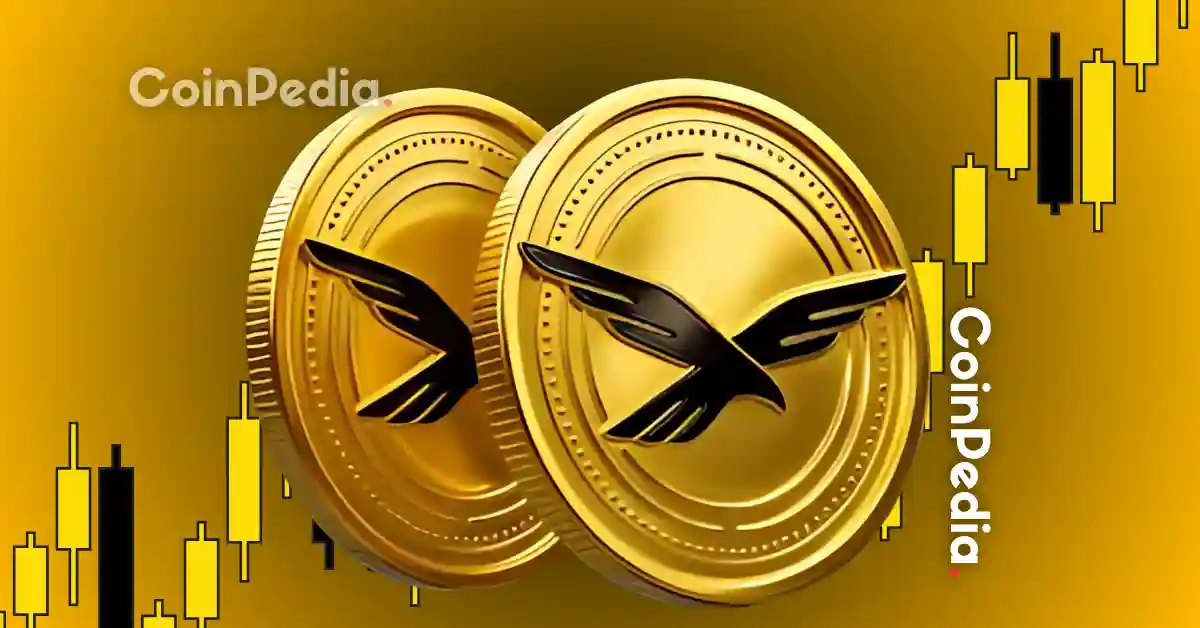
WLFI passes a 99.8% governance vote to use all treasury fees for token buybacks and burns.
Trump family-backed WLFI and ABTC drive major crypto gains amid a looser US regulatory environment.
The buyback and burn strategy aims to reduce supply, reward long-term holders, and scale with adoption.
World Liberty Financial (WLFI), the crypto platform backed by the Trump family, has taken a major step to boost the value of its native token. A recent governance vote passed with near-unanimous support – 99.8% of participants approved a plan to use 100% of WLFI treasury liquidity fees for token buybacks and burns.
Only a tiny fraction, 0.06%, voted against it.
The program is simple in design but potentially powerful in effect. WLFI will take all fees earned from its protocol-owned liquidity (POL) and use them to buy back tokens from the market. Those tokens are then sent to a burn address, permanently removing them from circulation.
According to the proposal: “This program removes tokens from circulation held by participants not committed to WLFI’s long-term growth and direction, effectively increasing relative weight for committed long-term holders.”
How the Buyback Will Work
Fees from WLFI’s liquidity positions on Ethereum, BNB Chain, and Solana will fund the buybacks. The platform calls it the foundation of a long-term strategy. Over time, WLFI aims to expand the program to include other sources of protocol revenue, increasing the scale of buybacks as the ecosystem grows.
The community considered other options, like keeping fees in the treasury or splitting them between operations and burns.
But the overwhelming preference was clear: maximize impact by using all POL fees for buybacks.
WLFI’s Market Start: A Rocky Launch
The governance vote comes after a turbulent launch. The WLFI token went live on September 1 and fell roughly 40% in its first three days, despite a preemptive burn of 47 million tokens on September 3.
At the time of writing, WLFI is trading at $0.2280, up 3.64% over the last 24 hours.
While the vote sets up a clear strategy, the exact impact on price is uncertain. Without estimates of fees generated, it’s hard to gauge how much WLFI will be bought back in the short term.
Trump Family Crypto Ventures
WLFI is one of several crypto initiatives linked to the Trump family, alongside Nasdaq-listed American Bitcoin Corp (ABTC). A Trump business entity reportedly owns 60% of WLFI and is entitled to 75% of revenue from token sales.
Recent activity across WLFI and ABTC has coincided with reported gains for the family, including a $1.3 billion rise in collective wealth over a single week.
High-profile investors have already taken positions. Former kickboxing champion Andrew Tate, for example, reported a $67,000 loss on his WLFI holdings – highlighting the volatility of new crypto launches.
Trump’s return to office has also coincided with looser crypto regulations, including the Strategic Bitcoin Reserve, a Digital Asset Stockpile, and the Genius Act for stablecoins.
These moves, along with the appointment of crypto advocate Paul Atkins to the SEC, have created a regulatory environment that supports innovation while raising questions about oversight.
Looking Ahead
WLFI’s buyback and burn strategy marks a clear commitment to long-term token management. By reducing circulating supply and aligning with committed holders, the platform aims to create a mechanism that grows with adoption.
For the crypto market, it’s a case study in governance, tokenomics, and high-profile backing.
Never Miss a Beat in the Crypto World!
Stay ahead with breaking news, expert analysis, and real-time updates on the latest trends in Bitcoin, altcoins, DeFi, NFTs, and more.
FAQs
It’s a strategy where WLFI uses all fees from its liquidity pool to buy back its own tokens from the market. These tokens are then permanently removed from circulation.
The goal is to reduce the total supply of WLFI tokens, making them more scarce. This scarcity is intended to increase the value of tokens for long-term holders.
A protocol uses revenue to buy its tokens from the open market. It then sends those tokens to an inaccessible “burn address,” permanently removing them from the total supply.
Trust with CoinPedia:
CoinPedia has been delivering accurate and timely cryptocurrency and blockchain updates since 2017. All content is created by our expert panel of analysts and journalists, following strict Editorial Guidelines based on E-E-A-T (Experience, Expertise, Authoritativeness, Trustworthiness). Every article is fact-checked against reputable sources to ensure accuracy, transparency, and reliability. Our review policy guarantees unbiased evaluations when recommending exchanges, platforms, or tools. We strive to provide timely updates about everything crypto & blockchain, right from startups to industry majors.
Investment Disclaimer:
All opinions and insights shared represent the author's own views on current market conditions. Please do your own research before making investment decisions. Neither the writer nor the publication assumes responsibility for your financial choices.
Sponsored and Advertisements:
Sponsored content and affiliate links may appear on our site. Advertisements are marked clearly, and our editorial content remains entirely independent from our ad partners.

